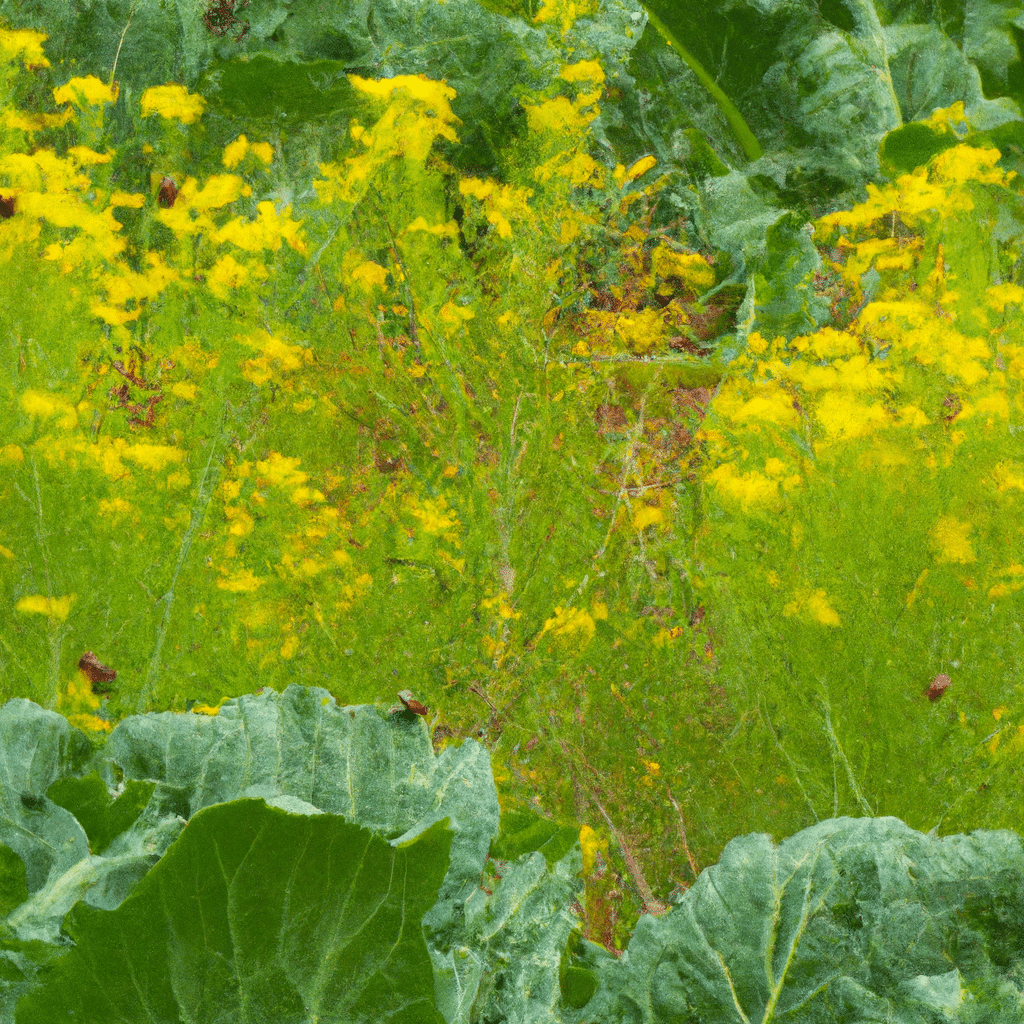In the world of agriculture, pests are a constant threat to crop health and productivity. Farmers have long relied on pesticides to control these pests, but the harmful effects on both human health and the environment have raised concerns. Thankfully, there is a more sustainable and eco-friendly solution available – harnessing the power of beneficial insects. In this article, we will explore the incredible benefits of beneficial insects and how they can be utilized to create a harmonious crop ecosystem.

The Role of Beneficial Insects
Beneficial insects, also known as natural enemies, play a vital role in pest management. These insects are nature’s own pest control agents, preying on harmful pests and maintaining a natural balance in the ecosystem. By introducing or attracting beneficial insects to your crop ecosystem, you can significantly reduce the need for chemical pesticides while promoting a healthier environment for both plants and humans.
Ladybugs: Nature’s Tiny Warriors
One of the most well-known beneficial insects is the ladybug. These charming little creatures are voracious predators of aphids, mites, and other soft-bodied pests. Ladybugs can consume hundreds of aphids per day, making them a valuable asset in organic farming and pest control. To attract ladybugs to your crops, you can plant flowers such as daisies, marigolds, and yarrow, which serve as a source of nectar and pollen for these beneficial insects.
Lacewings: Masters of Pest Control
Lacewings are another group of beneficial insects that excel in pest control. Their larvae, commonly known as aphid lions, feed on aphids, mealybugs, thrips, and other small insects. These voracious predators are capable of consuming large numbers of pests, making them an effective natural solution for pest management. To attract lacewings, consider planting dill, fennel, or cilantro, as these plants are known to attract and provide shelter for these beneficial insects.
Hoverflies: Pollinators and Pest Controllers
Hoverflies, often mistaken for bees due to their similar appearance, are not only important pollinators but also effective pest controllers. The larvae of hoverflies feed on aphids, thrips, and other soft-bodied insects, while the adult flies feed on nectar and pollen. By planting flowers like sunflowers, lavender, and daisies, you can attract hoverflies and encourage them to stay in your crop ecosystem, helping to keep pest populations in check.
Creating an Ideal Environment for Beneficial Insects
To maximize the benefits of beneficial insects in your crop ecosystem, it is essential to create an environment that supports their growth and survival. Here are some key factors to consider:
Diverse Plantings
Plant a variety of flowers, herbs, and grasses in and around your crops to provide a diverse and abundant food source for beneficial insects. Different insects are attracted to different plants, so a diverse planting scheme will attract a wide range of natural enemies, promoting a more balanced ecosystem.
Shelter and Habitat
Beneficial insects need shelter and suitable habitat to thrive. Incorporate hedgerows, insect hotels, and flowering borders into your farm or garden to provide refuge and nesting sites for these insects. Mulching and leaving some areas undisturbed can also create favorable conditions for beneficial insects to overwinter and establish their populations.
Minimize Pesticide Use
While beneficial insects are resilient, they can be negatively impacted by the use of chemical pesticides. Minimize pesticide use, especially broad-spectrum insecticides, as they can harm beneficial insects along with the pests. If pest control is necessary, opt for targeted and organic solutions that have a minimal impact on natural enemies.
The Economic Benefits of Embracing Beneficial Insects
Aside from the ecological advantages, harnessing the power of beneficial insects can also bring economic benefits to farmers. By reducing the reliance on chemical pesticides, farmers can save on input costs associated with purchasing and applying these substances. Additionally, the implementation of integrated pest management (IPM) strategies that incorporate beneficial insects can lead to higher crop yields and improved quality, translating into increased profits for farmers.
Conclusion
In conclusion, the utilization of beneficial insects offers a sustainable and effective approach to pest management in agriculture. By understanding the role of these natural enemies and creating a favorable environment for them, farmers can reduce their dependency on chemical pesticides while promoting a healthier and more balanced crop ecosystem. Embracing beneficial insects not only benefits the environment but also brings economic advantages, making it a win-win solution for farmers and the planet. So, take a step towards a more sustainable future by harnessing the power of beneficial insects in your crop ecosystem today.



